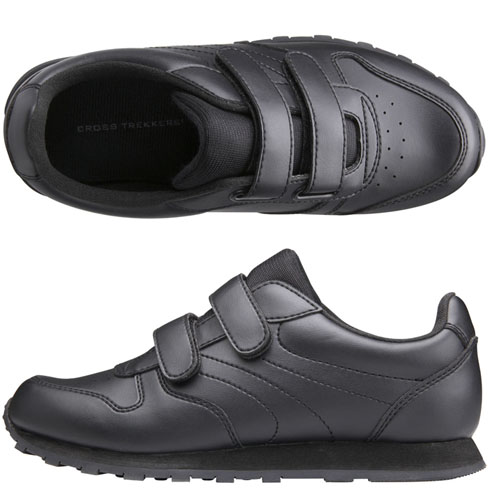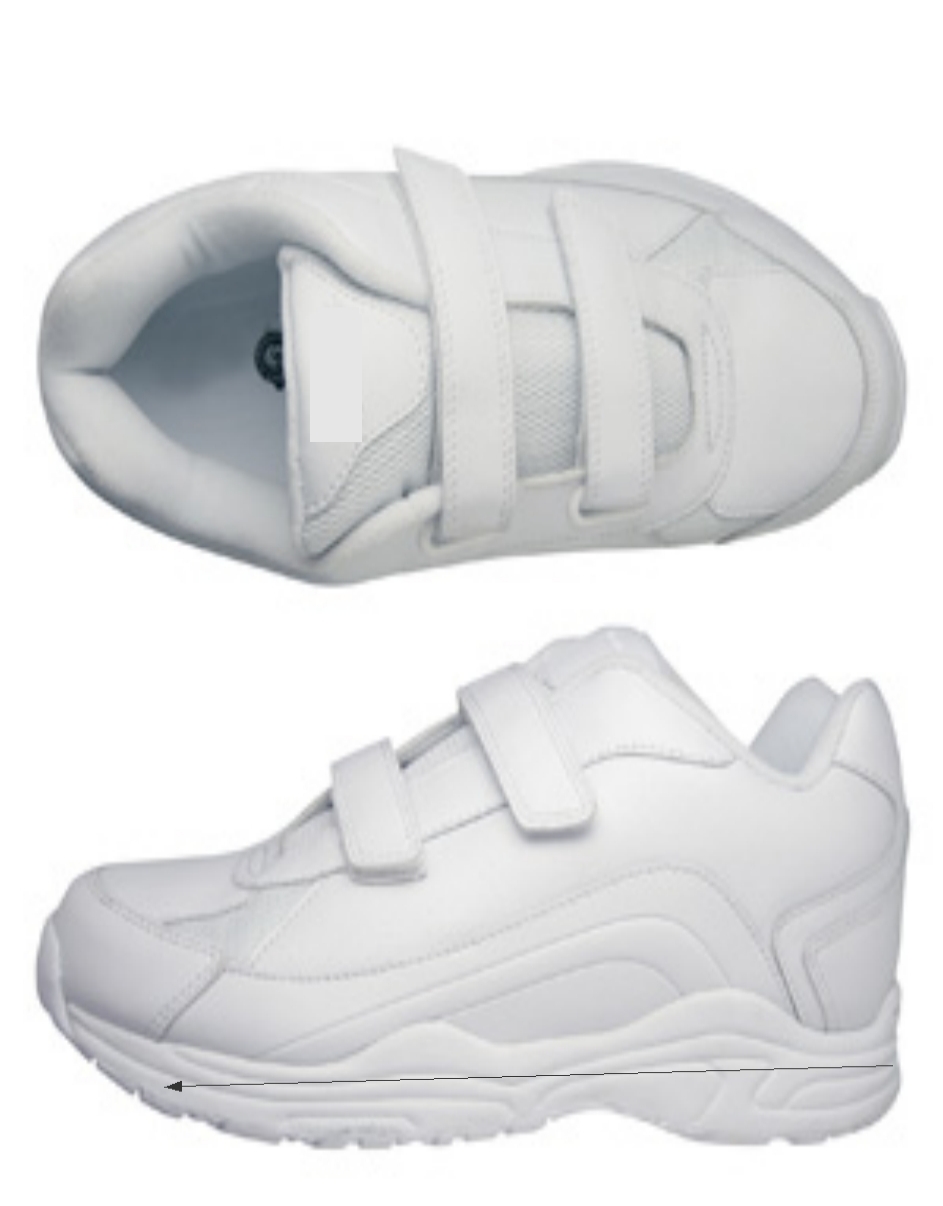Shoe making-Project Report


| 1. Womens |
| 2. Mens |
| 3. Girls |
| 4. Boys |
| 5. Accessories |
| 6. Designer |
| 7. Brands < |
| Who are the top Footwear Designers in the world? |
| What materials are used to manufacture shoes? |
| Shoe Size |
|
Q) What is the whole process in shoe making?
Q) What machines are required in order to manufacture shoes? Q) Where are the machines manufactured? Q) How are the machines manufactured? Q) What are the materials required to manufacture such machines? Q) What is the whole process in making such machines? Q) What should be the dimensions of an industrial estate for manufacturing such machines? Q) What should be the dimensions of an industrial estate for manufacturing shoes? Q) How were shoes first made? Q) Where are the shoes made? Q) Why aren't shoes with laces safe? Q) Why aren't shoes with laces comfortable? Q) What is the difference between Patent, PU, Stretch and Leather material? Q) How can I remove glue marks on the shoes? Q) How are the shoes made? Q) What are the size ranges that you carry? Q) What sizes are available in both men's and women's shoes?
3 4 5 6 7 8 9 10 11 12 13 14 15 Woman's Size 3 4 5 6 7 8 9 10 11 12 13 14 15 16 
The Normal Foot Normal feet have a normal-sized arch and will leave a wet footprint that has a flare, but shows the forefoot and heel connected by a broad band. A normal foot lands on the outside of the heel and rolls inwards slightly to absorb shock. It's the foot of a runner who is biomechanically efficient and therefore doesn't need a motion control shoe. Best shoes: Stability shoes with moderate control features. 
The Flat Foot This has a low arch and leaves a print which looks like the whole sole of the foot. It usually indicates an overpronated foot - one that strikes on the outside of the heel and rolls inwards (pronates) excessively. Over time, this can cause many different types of overuse injuries. Best shoes: Motion control shoes, or high stability shoes with firm midsoles and control features that reduce the degree of pronation. Stay away from highly cushioned, highly curved shoes, which lack stability features.  The High-Arched Foot This leaves a print showing a very narrow band or no band at all between the forefoot and the heel. A curved, highly arched foot is generally supinated or underpronated. Because it doesn't pronate enough, it's not usually an effective shock absorber. Best shoes: Cushioned (or 'neutral') shoes with plenty of flexibility to encourage foot motion. Stay away from motion control or stability shoes, which reduce foot mobility. http://www.shoe-design.com/faq.html |
